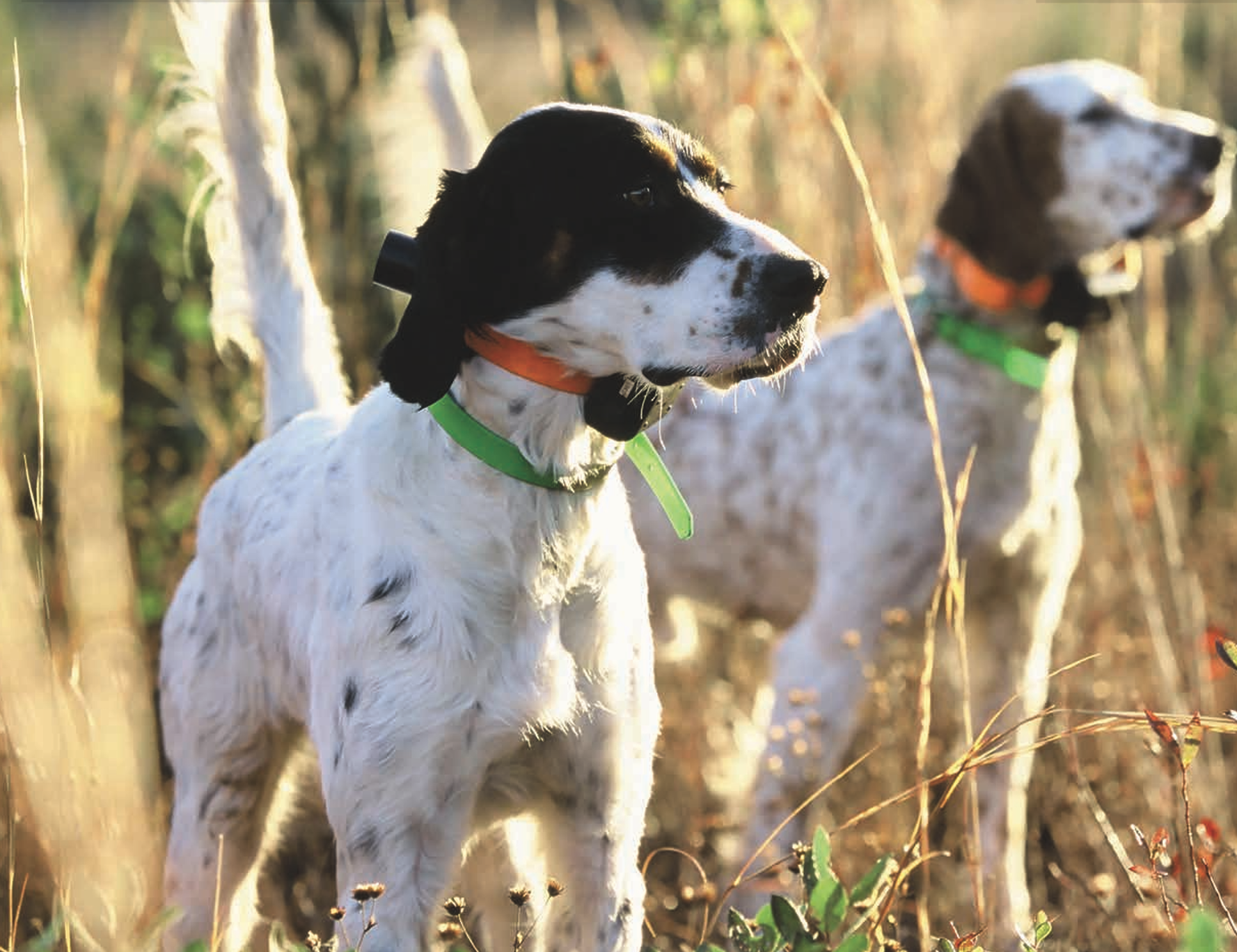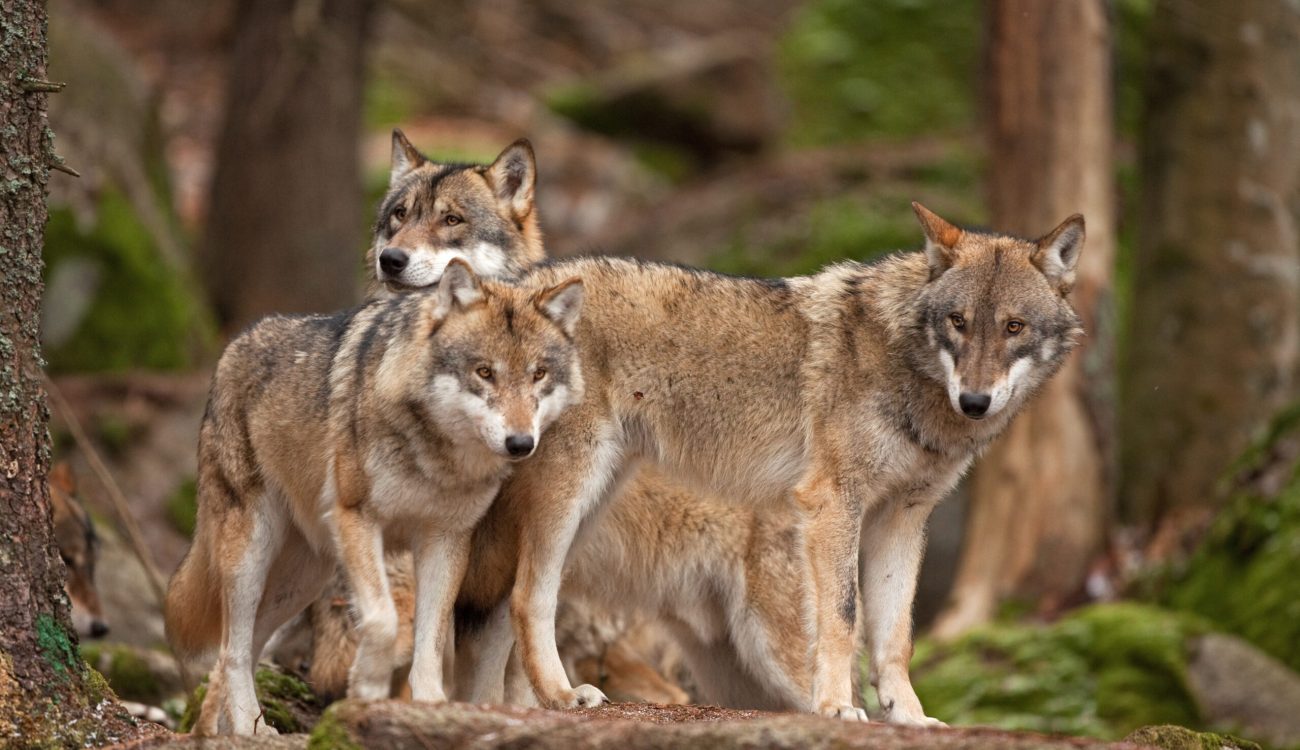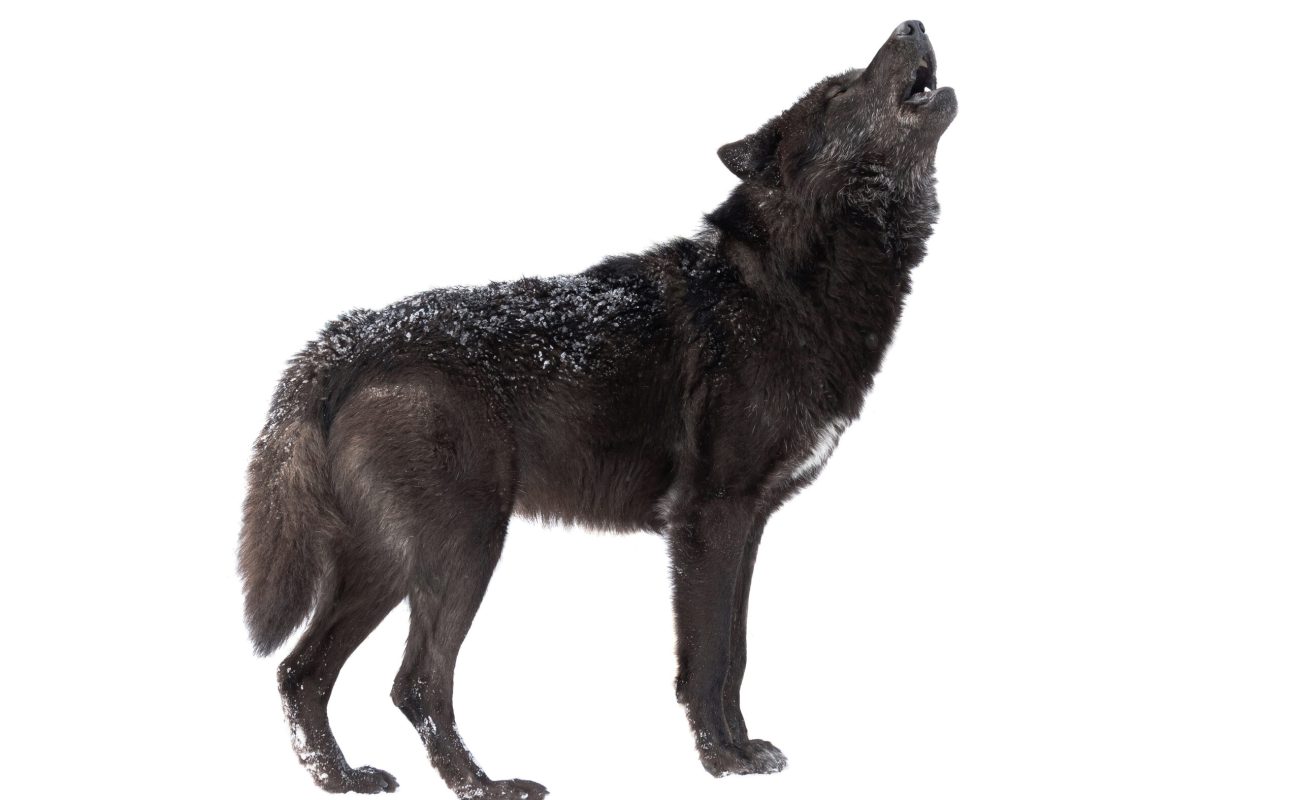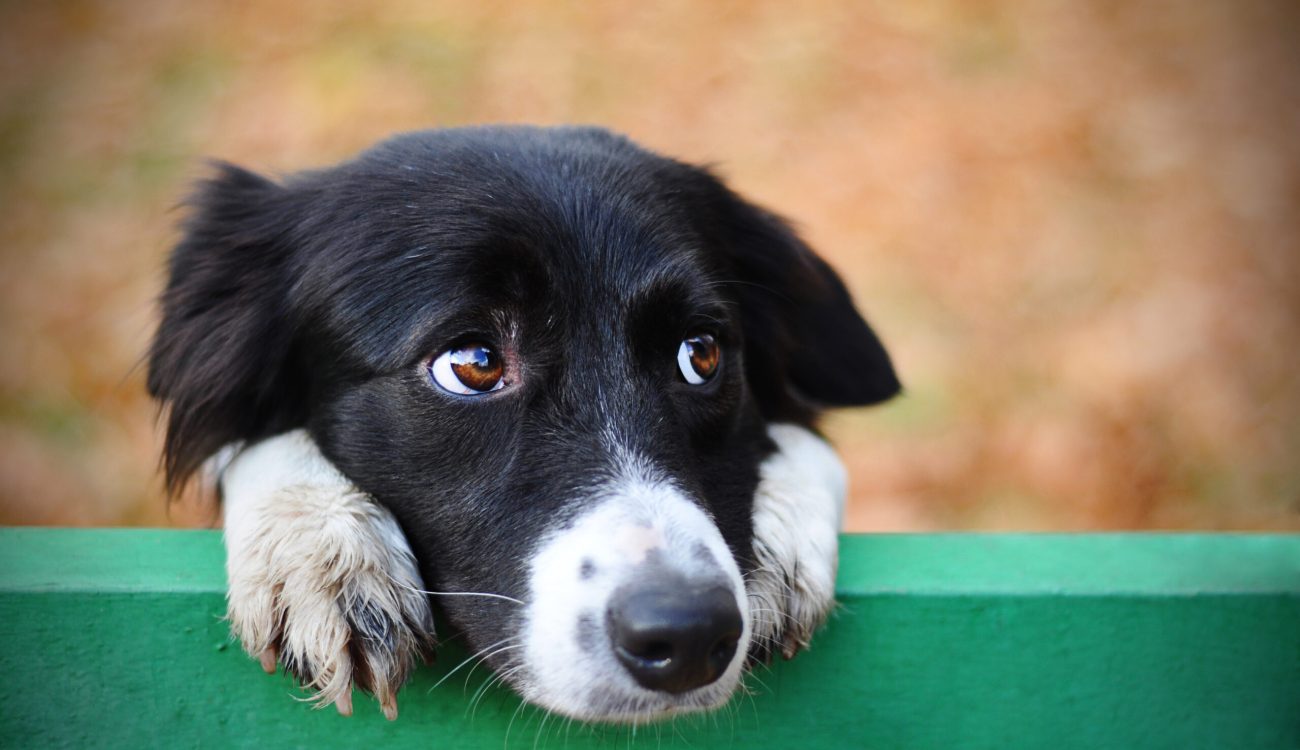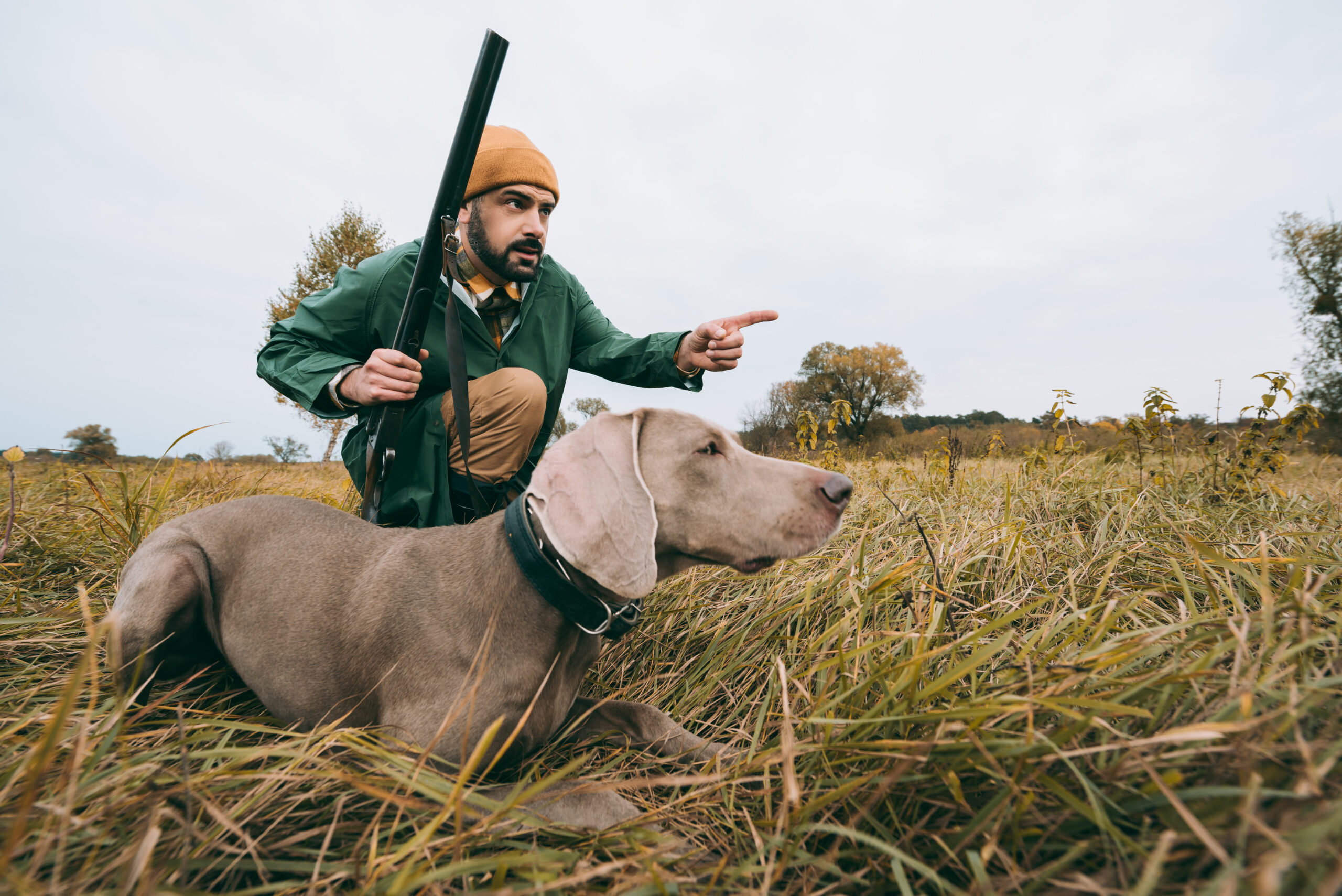Wolves have been portrayed as an enemy to humans with bone-chilling howls throughout history. Many people consider them the “bad guy” or villain in all of nature. This could be because they have been known to attack livestock, humans, and domestic pets. Wolves used to be all over the United States but their numbers have dwindled due to recreational hunting, killings by livestock owners protecting their flocks/herds, and the loss of their natural habitat. Wolves struggle to survive in the United States today. In 2017, I did a wolf expedition in Yellowstone National Park with a biologist. The biologist shared with me that wolves were once the top predator in America’s worldfamous Yellowstone National Park. The wolf population was eradicated in the 1920s, leaving the wilderness wolf-free for seven decades. Yellowstone’s ego system greatly deteriorated. In 1995, however, wolves were reintroduced to Yellowstone; this gave the biologists a unique opportunity to study what happens when a top predator returns to an ecosystem. They were brought in to manage the rising elk population, which had been overgrazing much of the park, but their effect went far beyond that. The biologists have now confirmed how the returning of the wolf dramatically changed the park’s rivers, forests, and the landscape, bringing the ecosystem back to normalcy.
With wolves and dogs sharing much of the same genetics, wolves can be bred to dogs and produce viable offspring, which can then produce future offspring. Wolf-dogs are a unique breed and frequently do not survive in a domestic home. They can be destructive, frequently have severe separation anxiety from their human, and have been known to be aggressive. There are several “wolf-dog rescues” around our country as it is almost impossible to get a wolf pack to accept a wolf-dog. Many breeds of dogs can share a majority of wolf-like genetic attributes such as physical attributes, social interactions, territorial instincts, denning instincts, and forms of communications. Similarities include that dogs and wolves are both carnivores, although dogs can be omnivores as well because of genetic changes in dogs that allow them to better process starches. Many dogs love to eat vegetables like carrots, green beans, and many forms of greens and fruits. Dogs and wolves have similar life expectancies; seven to eighteen years for the dog and approximately seven years for the wolf in the wild or fifteen years for a wolf in captivity. Wolves have larger brains, bigger feet, longer muzzles, longer legs and wider skulls. Dogs tend to have a wider variety of traits because of crossbreeding and domestication which includes short to long hair, many coat colors, brachycephalic to normal head, and varied ear carriages.
Dogs and wolves are both pack animals. Dogs assimilate humans into their pack which gave them the ability to become domestic. Dogs and wolves show similar displays when greeting, which include being friendly or showing aggression. However, wolves are usually very shy with other animal species and humans. Both dogs and wolves have a prey drive, which is why they chase moving vehicles, cats, children, and livestock. Dogs and wolves must be taught to hunt for food, which is why feral dogs rarely survive in the wild. If you see a feral dog living in your neighborhood, you know that the dog has a food source somewhere. Both dogs and wolves can be territorial of their home/surroundings, but wolves are most likely to kill another wolf or animal species if an intruder enters their home area or hunting grounds. Dogs and wolves both howl but only dogs add yips to their howling.
